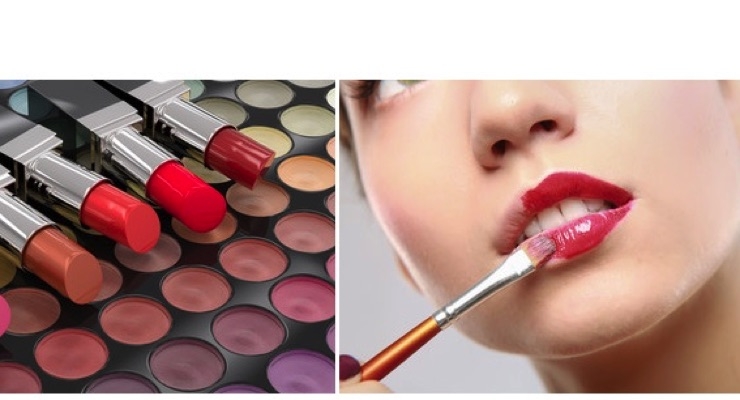
2017-04-12 09:44:20
FDA Issues Guidance on Lip Products
2017-04-12 09:44:20

FDA has concluded that a recommended maximum level of 10 ppm for lead as an impurity in cosmetic lip products and externally applied cosmetics would not pose a health risk.
The issuance of the guidance supported the effort to limit human exposure to lead in finished FDA-regulated cosmetic products by educating new manufacturers who wish to enter the market and encouraging current manufacturers to continue to follow or improve on voluntary good manufacturing practices that limit trace amounts of lead as an impurity.
FDA regulates cosmetics under the Federal Food, Drug, and Cosmetic Act (FD&C Act) and Fair Packaging and Labeling Act (FPLA). These laws require that cosmetics marketed in the United States be safe under their intended and customary conditions of use, and be properly labeled. Cosmetics are not subject to pre-market approval by FDA. However, pre-market approval is required for the color additives used as ingredients in cosmetics.
Although FDA has not set limits for lead as an impurity in cosmetics, most listed color additives have specifications for lead as an impurity as part of the FDA’s requirements for their safe use. The International Cooperation on Cosmetics Regulation and regions such as Canada and the European Union have set a limit of 10 ppm for lead as an impurity in cosmetics based on considerations of a reasonably achievable level, scientific risk assessment, good manufacturing practices, technical feasibility, and appropriate analytical methods.
Sampling Lip Products The surveys have indicated that levels of lead in the cosmetic lip products and externally applied cosmetics sampled are for the most part well below 10 ppm, leading to expect that this recommended maximum level is achievable by all manufacturers of these products.
The goal is to ensure that cosmetic lip products and externally applied cosmetics do not contain lead as an impurity at levels that would pose a health risk. FDA has determined that a maximum level of 10 ppm in cosmetic lip products and externally applied cosmetics would not pose a health risk, but FDA encourages manufacturers of these products to follow or continue to follow manufacturing practices that allow them to achieve levels of lead lower than 10 ppm whenever feasible.
Exposure to Lead from Externally Applied Cosmetics Dermal absorption of lead from externally applied cosmetics is very small. Results for lead uptake by the skin were reported for four lead compounds that resemble cosmetic ingredients. Based on those data, it estimated that only a very small amount (0.41%) of the lead present as an impurity in an externally applied cosmetic is absorbed by the skin.
The amount of exposure to lead as an impurity in a product such as body lotion is higher because average applications are higher (8.7 g/day). Exposure to lead from externally applied cosmetics is up to 150 times lower than exposure to lead from cosmetic lip products. Therefore, the potential elevation of blood lead levels from 10 ppm lead in these products is too small to be measured in routine blood analysis and requires state of the art analytical technology.
The data show that over 99% of the cosmetic lip products and externally applied cosmetics on the U.S. market contain lead at levels below our recommended maximum level. Therefore, FDA encourages firms to continue the manufacturing practices that achieve these lower levels of lead in their finished products.
LinkedIn




